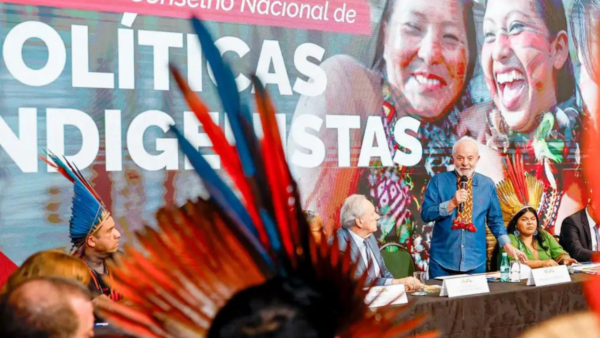The 2020 municipal elections were as atypical as they come. Being held amid a deadly pandemic, the first round of voting was marred by an attempted hack and technical issues that delayed the count, and polling days were postponed in one state capital hit by weeks-long power cuts. The results are, fittingly, hard to interpret.
As we explained in today’s Weekly Report, the center-right was the biggest victor of these elections, winning in thousands of municipalities, including key battlegrounds such as São Paulo, Rio de Janeiro, and Belo Horizonte. That could signal that Bolsonarism as a political force is less ingrained in Brazil — and that moderate conservatives have a fighting chance in the next general elections.
But power has become more diluted among parties, which makes any projections about 2022 little more than educated guesses.
Propelled by a win in São Paulo, the Brazilian Social Democracy Party (PSDB) continues to rule over the largest chunk of the population (32.9 million people) at a municipal level, including in the country’s 96 most populous constituencies. However, the PSDB also lost 40 percent of its mayorships and has become even more concentrated in the state of São Paulo — where it will control one-third of cities.
There was a similar mixed bag of results for the Brazilian Democratic Movement (MDB) party,...


 Search
Search






































